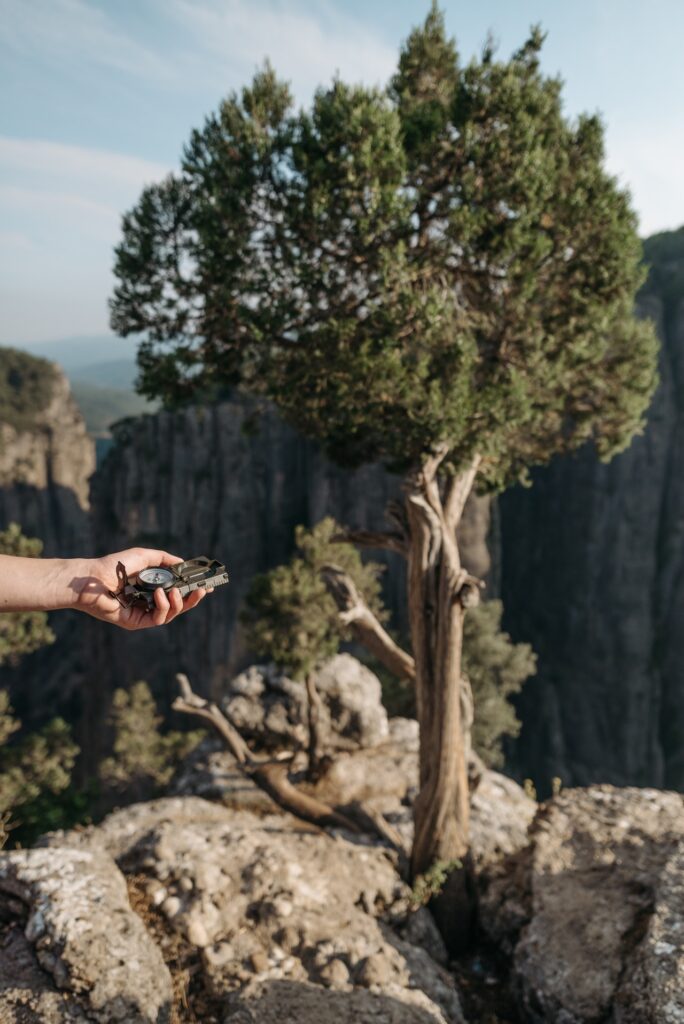Have you been curious about outdoor education for your child or your students? There are a number of significant benefits of enrolling your child in an outdoor education program like Pali Institute, but we understand that you may have questions about it.
People tend to have a lot of questions about outdoor education. Oftentimes, they’re related to what it is, and how it will benefit students to get away for a week in nature.
If you have a question, chances are others have had the same experience. Check out these frequently asked questions for your one-stop shop for basic information on outdoor education.
Outdoor Education FAQs
What is outdoor education?
Outdoor education is organized learning that takes place outdoors. Many involve journeys in the wilderness and lessons on the environment, how we impact it as humans, and how to survive outdoors.
Why is outdoor education important?
There are a plethora of benefits of outdoor education—the biggest ones being that it:
- Connects students to nature
- Provides the practical experience of classroom learning
- Improves childhood development
- Improves student engagement
- Improves health and overall well-being in children
Where did outdoor learning come from, and when did it begin?
Outdoor learning is nothing new. In fact, it’s far from it and has a deep history dating back to the classical period:
“Extending back to Plato and Epicurus in Ancient Greece, teachers have long understood the importance of learning outside. Indigenous teaching continues to emphasize the significance of relationships with the land for learning.
In today’s diverse urban and rural communities, outdoor learning spaces need to be accessible to students, teachers, and communities of diverse cultures, abilities (physical, emotional, and intellectual), languages, socio-economic classes, genders, sexual orientations, and ages.
Outdoor learning provides the opportunity for learning about a diverse range of issues, such as climate change and food security. Curriculum links can be drawn to science and math, as well as many other subjects” (from The Outdoor Playbook).
What is the purpose of outdoor learning?
The purpose of outdoor learning—at least at Pali Institute—is to provide students with an increased understanding of our human impact and respect for themselves, each other, and the environment.
Each student that attends Pali leaves with an increased understanding of relevant science concepts, an increased awareness of personal growth, and an increased awareness of group dynamics.
Students may spend thousands of hours in a traditional classroom environment. It is more important than ever that students are able to experience the things that they are learning about in textbooks. We strive to have 90% of our activities be hands-on. The majority take place outside in all types of weather and can be catered to fit any group dynamic. Our unique environment allows us to facilitate a student’s discovery of many ecosystems and provide opportunities that can not be replicated in the conventional classroom.
What does outdoor education do?
Outdoor education introduces children and students to a variety of ways to explore, learn, discover interests, and spark imagination and creativity.
These things enrich their current and future lives by developing essential life skills and knowledge.
What do you do in outdoor education, and what do students learn?
Outdoor education typically involves a wide range of activities, from outback wilderness journeys to leadership and team building activities, science experiments, and lessons on outdoor skills.
You can find all of the above at Pali, which provides hands-on, field-based activities that bring classroom science to life. With a fun and educational science camp feel in a natural California mountain environment, Pali introduces students to numerous scientific disciplines through rocket launches, squid dissection, weather experiments, and crime scene investigation!
Students engage with enthusiasm and exit from Pali with knowledge retained to take their study of science to the next level.
For example, Pali Camp’s science curriculum has a STEM/STEAM focus as well as being aligned with Next Generation Science Standards (NGSS).
What are the objectives of outdoor education?
Using Pali as an example, their mission is to introduce experiential education to young people by providing progressive learning experiences that extend far beyond classroom walls. Students will experience the thrill of seeing, touching, and learning about the environment and our impact on the world. Pali brings textbooks to life!
Why is outdoor education important to incorporate into primary school?
In a 2015 study, it was concluded that “field trips and daytime school outings are the best ways to reach all children to let them gain a deeper understanding of an educational topic being discussed at the institutional level at that time.”
In another study, it was found that the negative perception of being inside a traditional school can be associated with the feeling of failure—making it directly linked to a child’s motivation to learn.
Getting students outside the classroom to learn textbook concepts hands-on, it allows them to also get fresh air, work as a team with their peers, learn about their environment, and look forward to learning.
What is experiential learning?
Experiential learning is the process of learning by doing. Rather than merely reading about concepts and lessons in textbooks, experiential learning allows students to engage in hands-on experiences.
This allows them to personally apply these concepts and connect theories and knowledge learned in the classroom, and carry them into real-world situations.
Is outdoor learning in the national curriculum?
While outdoor learning is not officially in the national curriculum, the Next Generation Science Standards (NGSS)—a multi-state effort in the United States to create updated science education standards—include climate change and environmental science.
These lessons are “more effectively addressed through extended investigations and direct exploration of the natural world (i.e., outdoor science field experiences) than they are in the classroom. Outdoor science programs can actively position themselves as an essential element of NGSS implementation.”
Is outdoor learning effective?
A study by Taylor & Francis found that students who engaged in outdoor education experienced significant improvements in most developmental areas—including cognitive, emotional, social, and fine motor skills. This tells us that outdoor activities offer more opportunities for child development.
Research has also found that “frequent outdoor learning experiences, implemented by a trained teacher in a familiar setting, like a schoolyard, can result in greater engagement and science achievement for students.”
How is outdoor education different from environmental education?
According to ERIC Digests—a collection of short reports on topics of prime current interest in education that are curated specifically for teachers, administrators, policymakers, and other practitioners—outdoor education simply refers to education that takes place outdoors.
On the other hand, the goal of environmental education is to:
“develop a world population that is aware of, and concerned about, the environment and its associated problems, and which has the knowledge, skills, attitudes, motivations, and commitment to work individually and collectively toward solutions of current problems and the prevention of new ones.”
So, while traditional textbook learning can be considered outdoor learning if the lessons are taught in an outdoor environment, environmental learning includes further education on the environment and encourages the use of skills that apply outside the classroom.
See It in Action
Now that some basic questions about outdoor education have been answered, come see it in action! If you’re wondering how you can implement experiential learning into your child’s or students’ curriculum, check out Pali Institute to learn more.
Browse their classes to start planning your trip today, and feel free to reach out to them directly with any additional questions.




